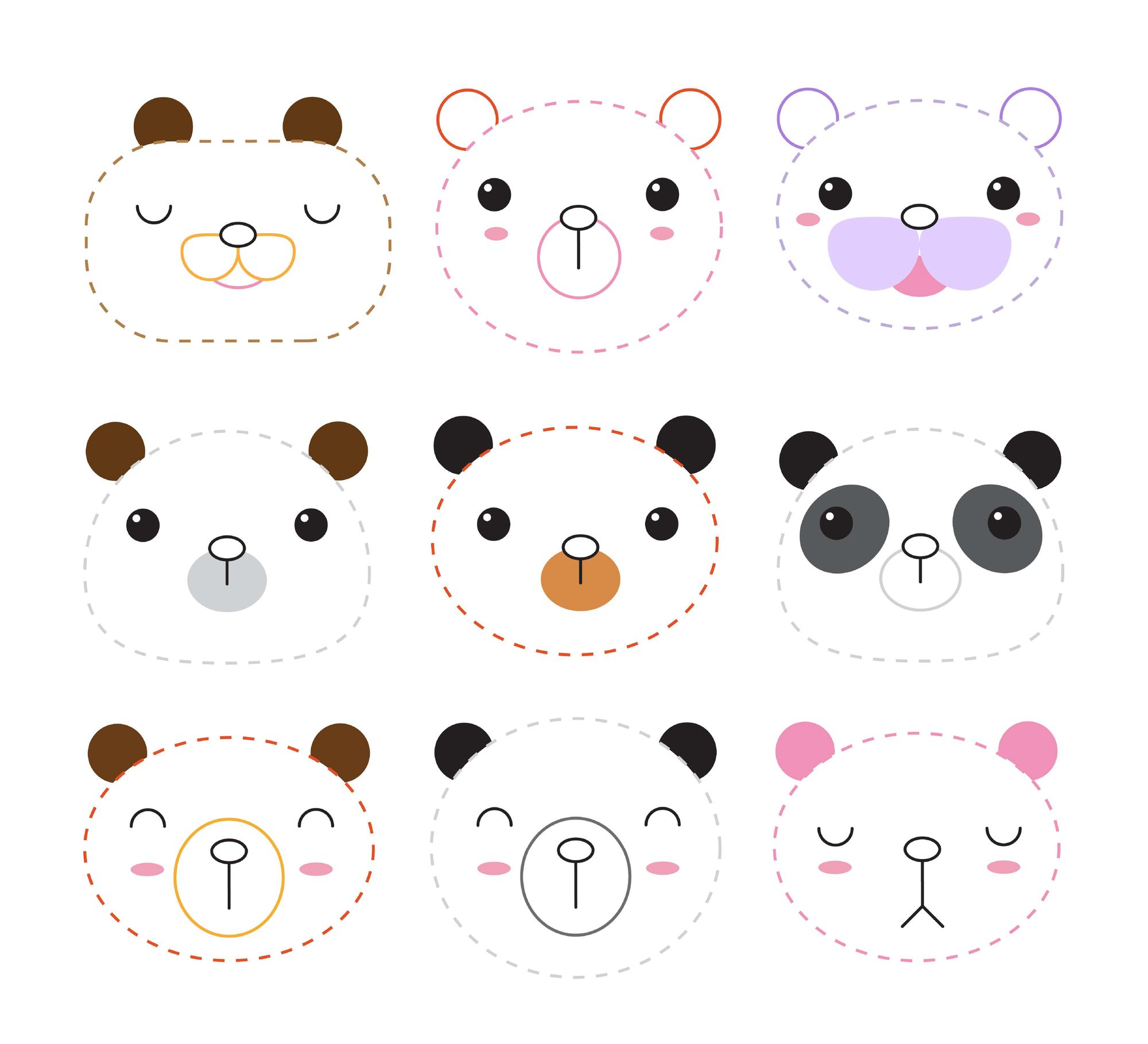

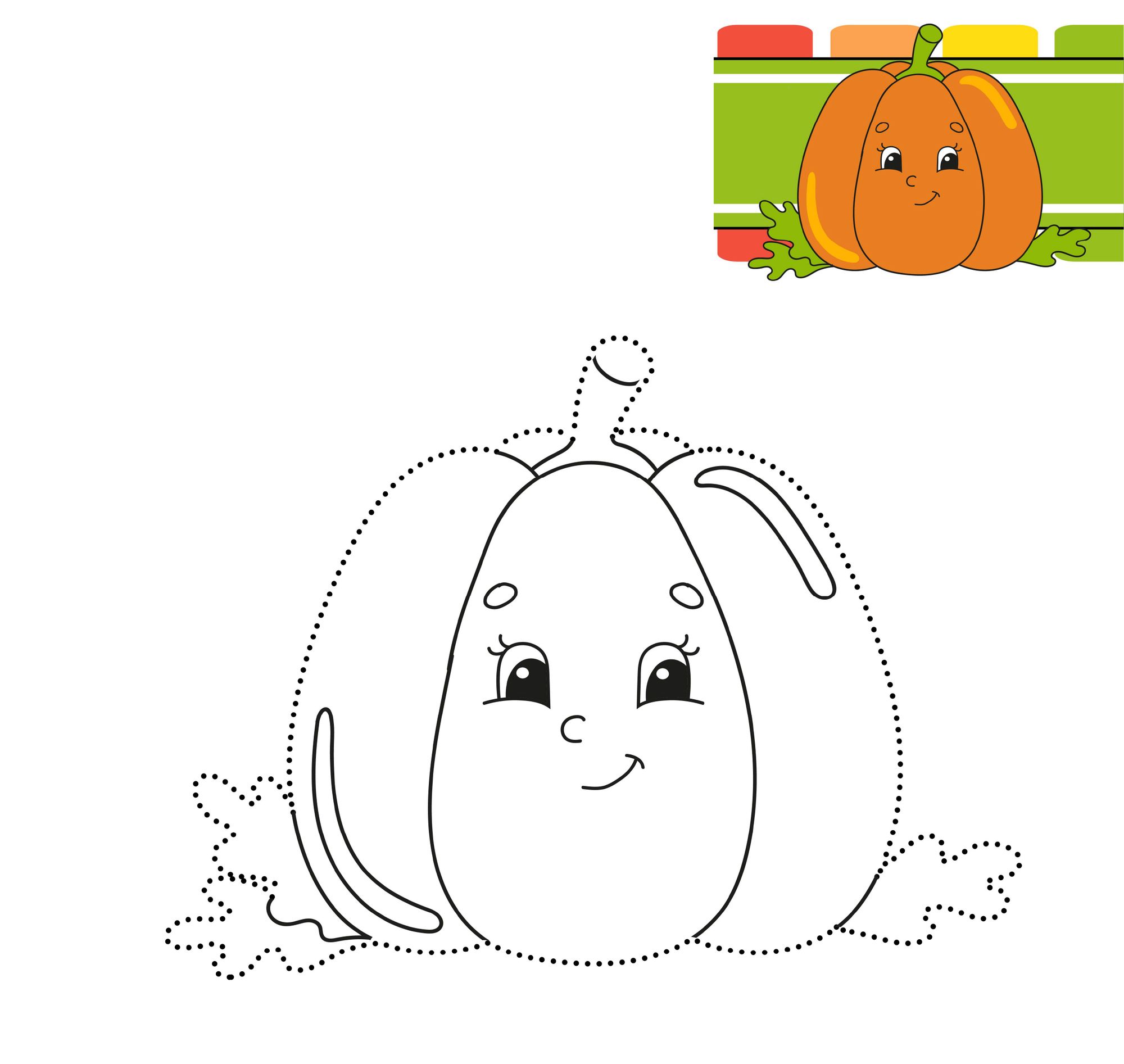
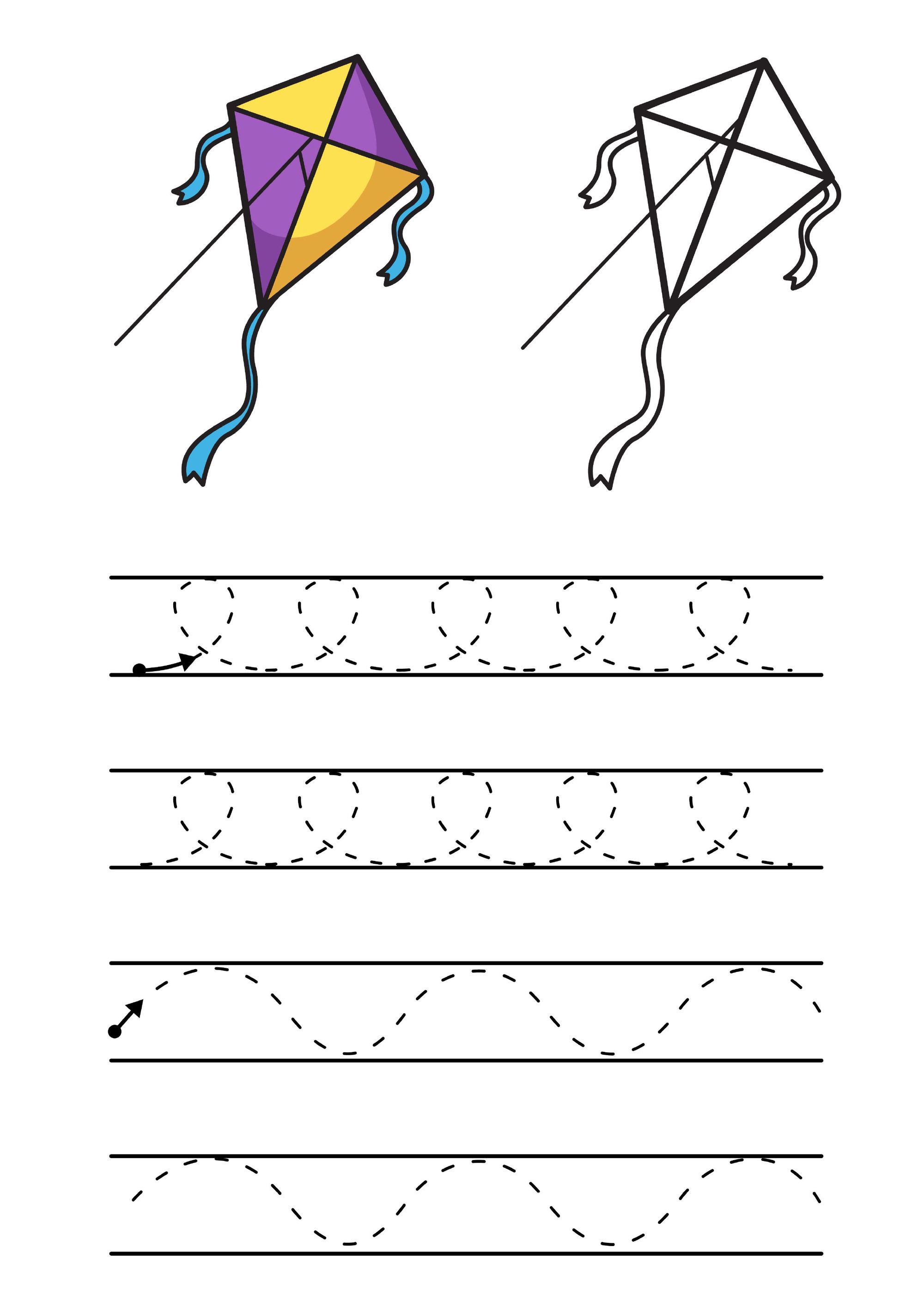
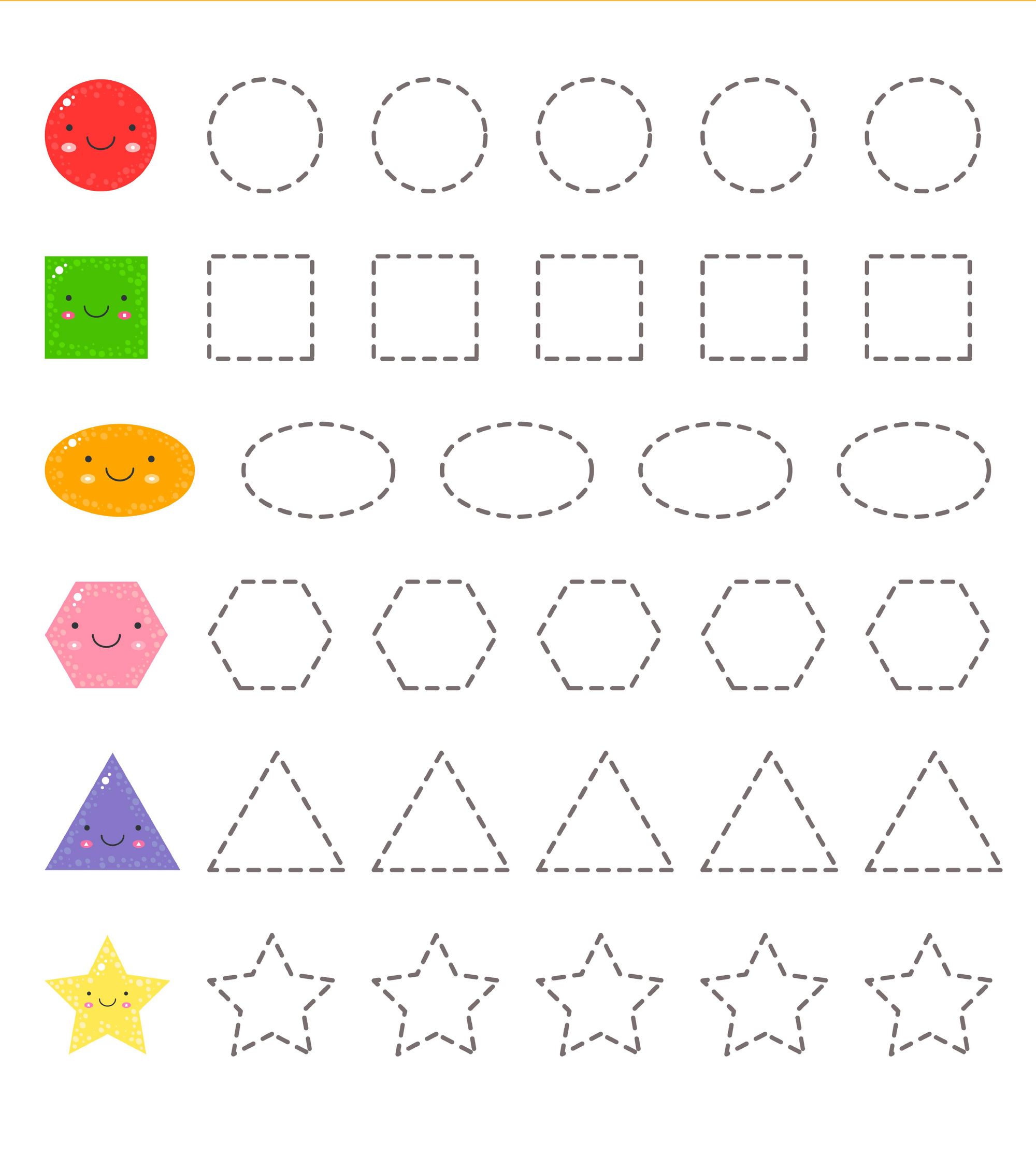
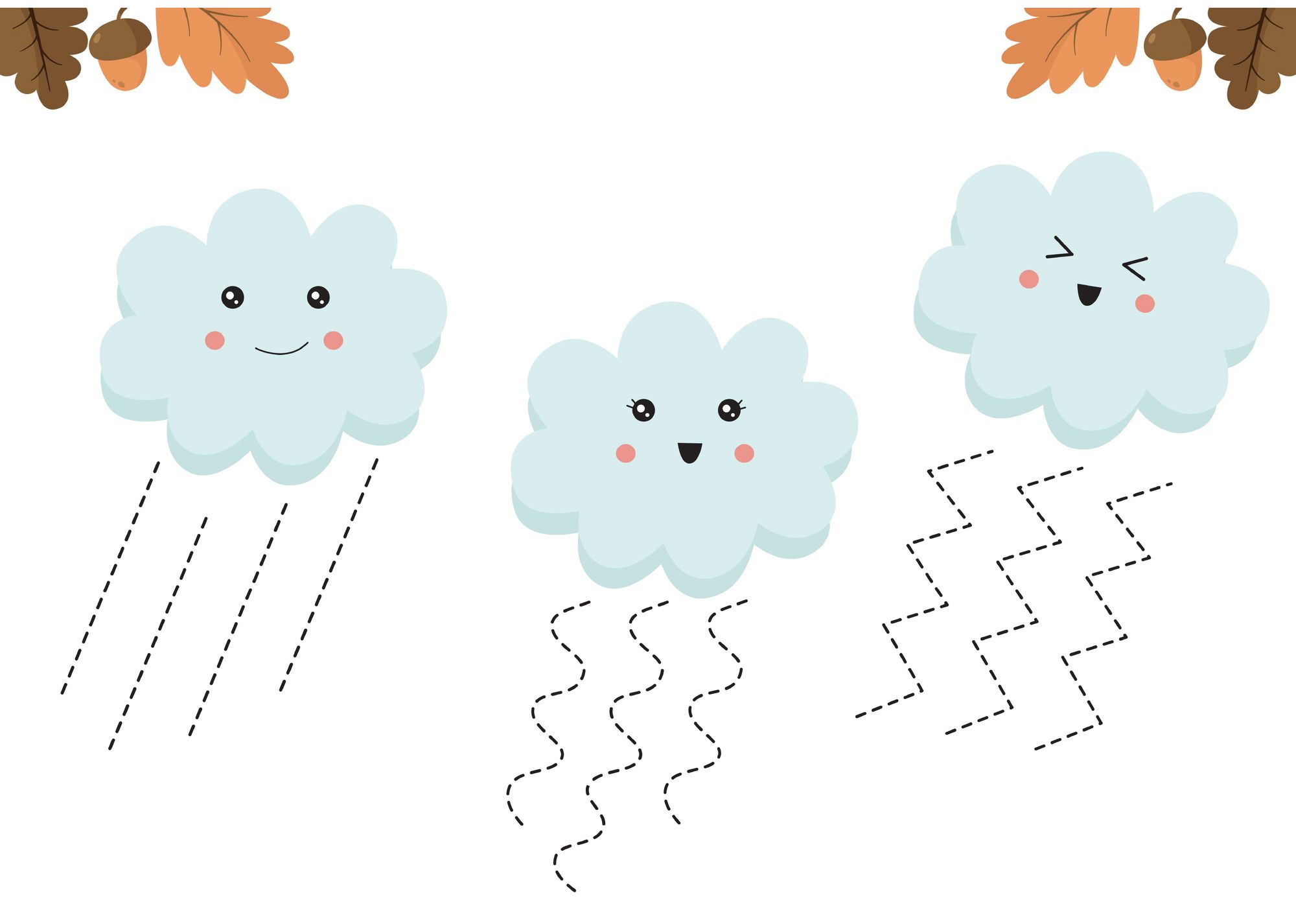
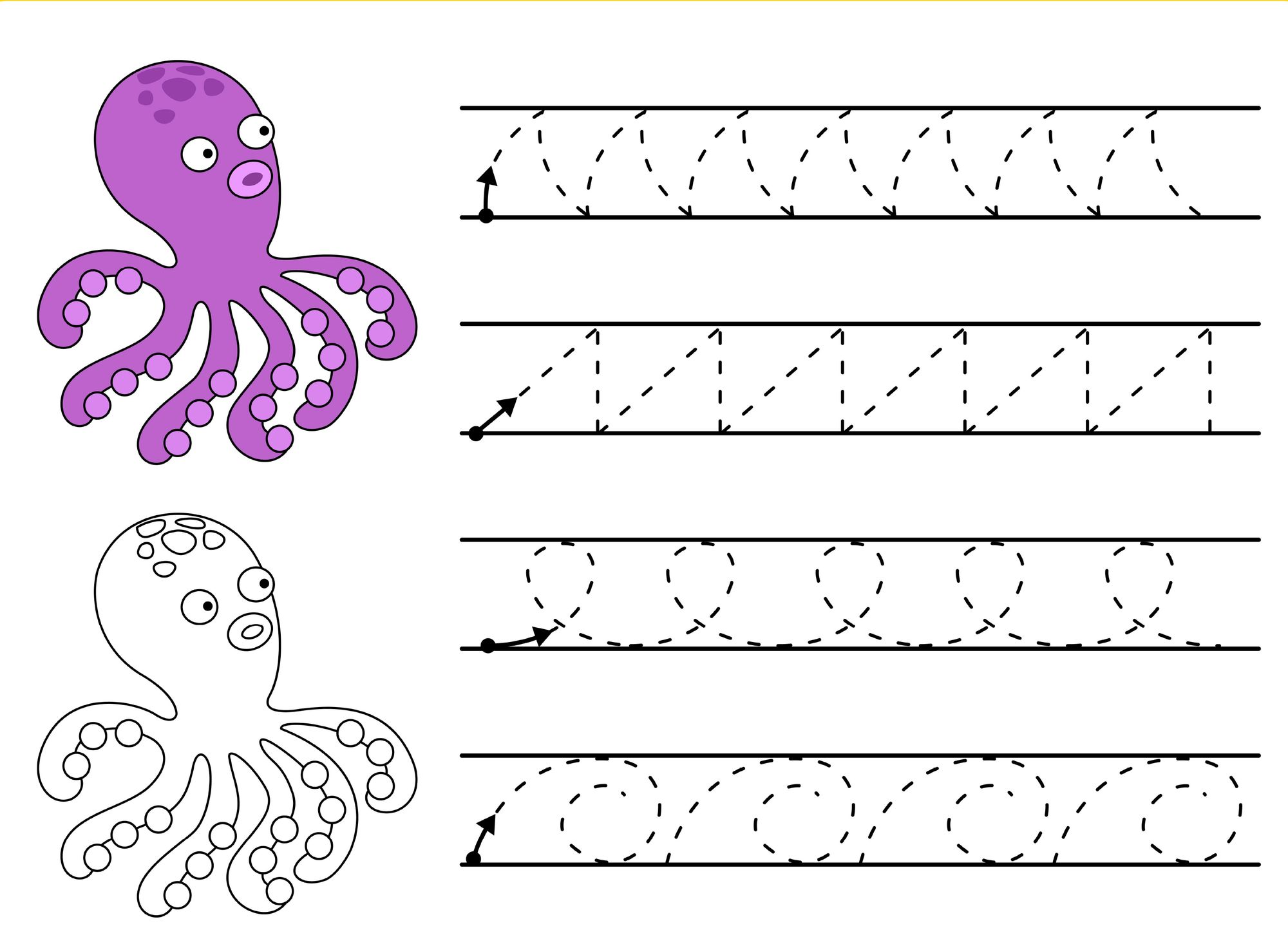
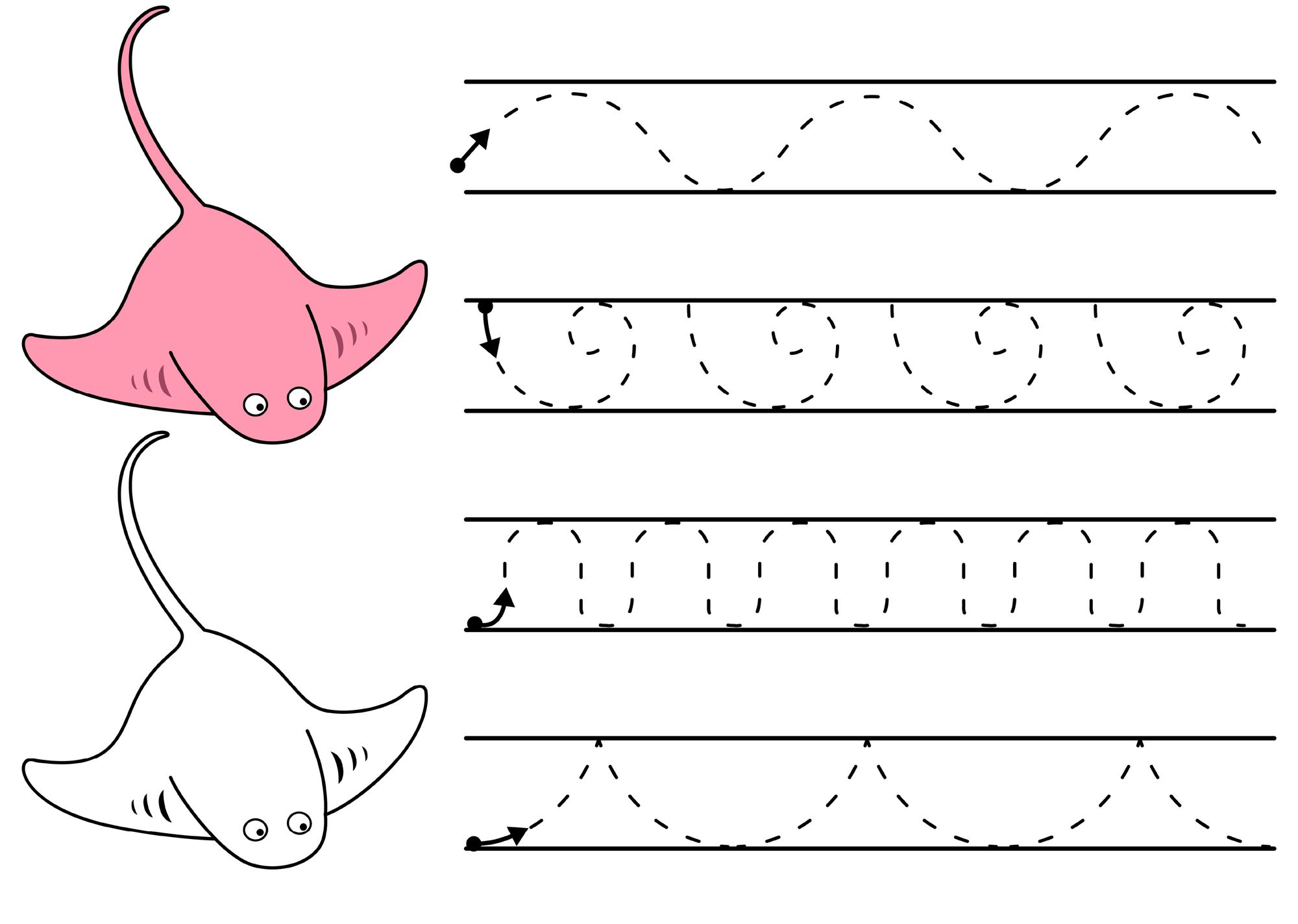
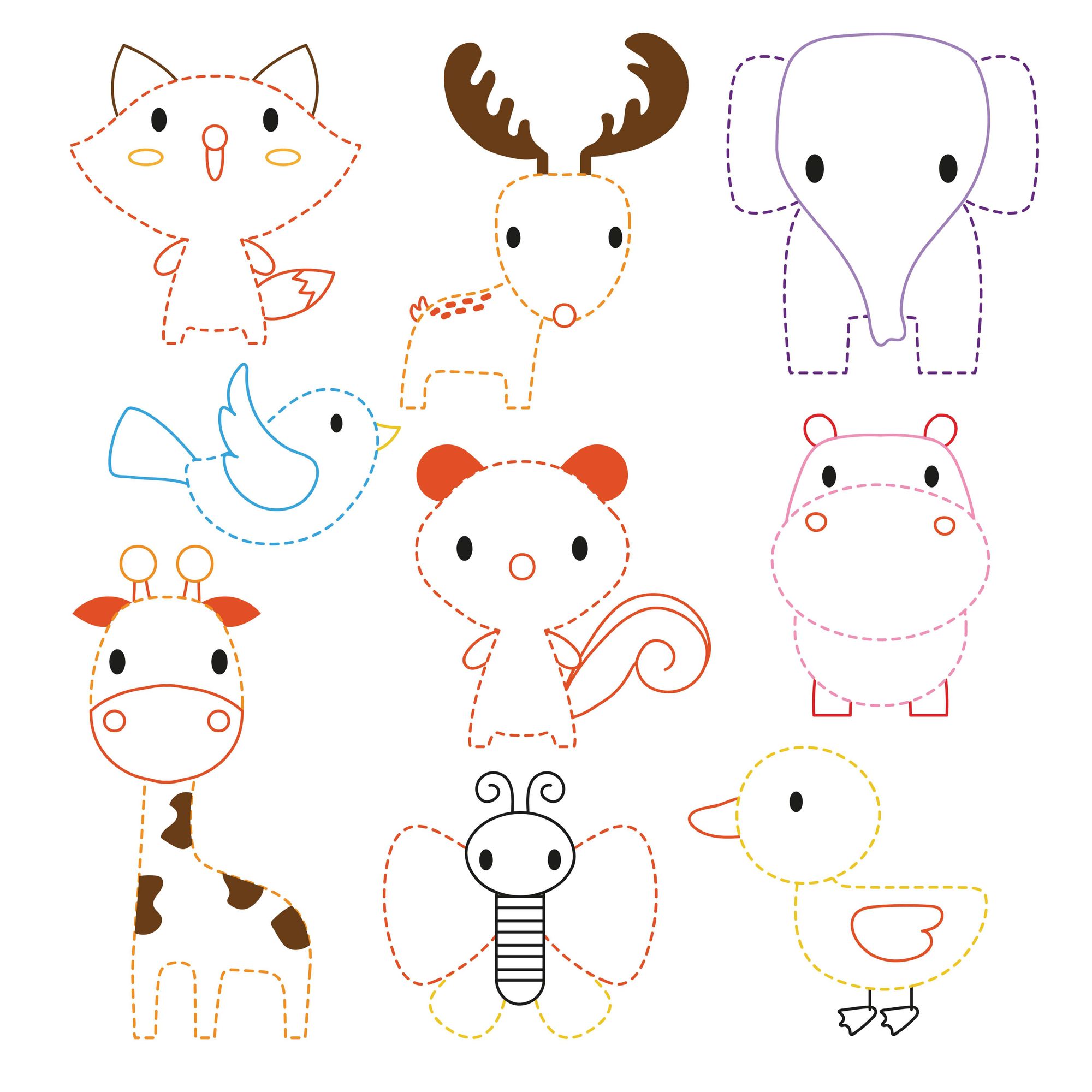
Printable material here:
motor.pdf
It would seem very simple to draw a contour, draw a zigzag line or a wavy path. But this work requires serious brain work and coordinated movements of the child's hands. If a child copes well with visual-motor tasks in preschool age, in the future he will avoid many problems with school performance.
Recently, the importance of developing visual motor skills has been emphasized by all specialists working with preschool children and primary school students.Visual materials are used by speech therapists in working with children with speech impairments, but they can be used at home without any restrictions: even children without significant development problems receive huge benefits from them for their development.
Visual motor is not only the development of fine motor skills. This concept is much wider and includes: the way to hold the pencil / pen, the pressure when drawing and writing, accuracy, rhythm and pace of movements, their smoothness. Additionally, the arbitrariness of movements and the development of related skills are important, without which it would not be possible to draw or write: visual perception, attention, motor skills.
Many parents mistakenly believe that drawing classes is the development of visual motor skills. This is not entirely true. Drawing is very useful, but only specific exercises related to contouring can achieve the full result. This is how pressure, smoothness, rhythm of writing is trained.
Experts emphasize that you need to train not only the "main" hand with which the baby writes, but also the second. First, you need to pay attention to what position the “helper-hand” occupies in drawing and writing. Secondly, it is necessary to complete all tasks not only with the main, but also with the other hand, because this allows you to harmoniously develop both hemispheres of the brain.
Working with visual-motor material is simple, but requires the participation of an adult. You can’t just give your child a picture and say “circle”. Specialists advise acting like this:
Step 1. Perception of the contour / pattern. Consider it with the baby, find analogies of what it looks like, you can ask the child a riddle.
Step 2. Show the tracking pattern with finger.
Step 3. Repeat the pattern with a finger in the air.
Step 4. And only then you can trace the drawing on paper.
For longer term education, it is advisable to make materials reusable: laminate them or glue the entire surface with wide transparent tape. You can study with children from the age of 3 (there are easier tasks for them), but you need to pay special attention to the development of visual motor skills closer to school (from about 5 years old).

